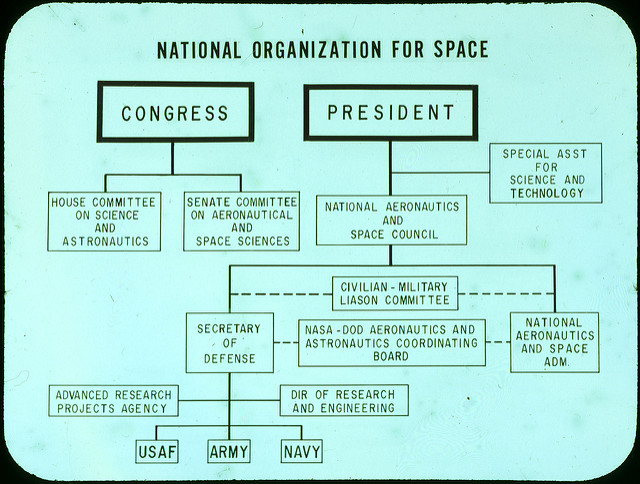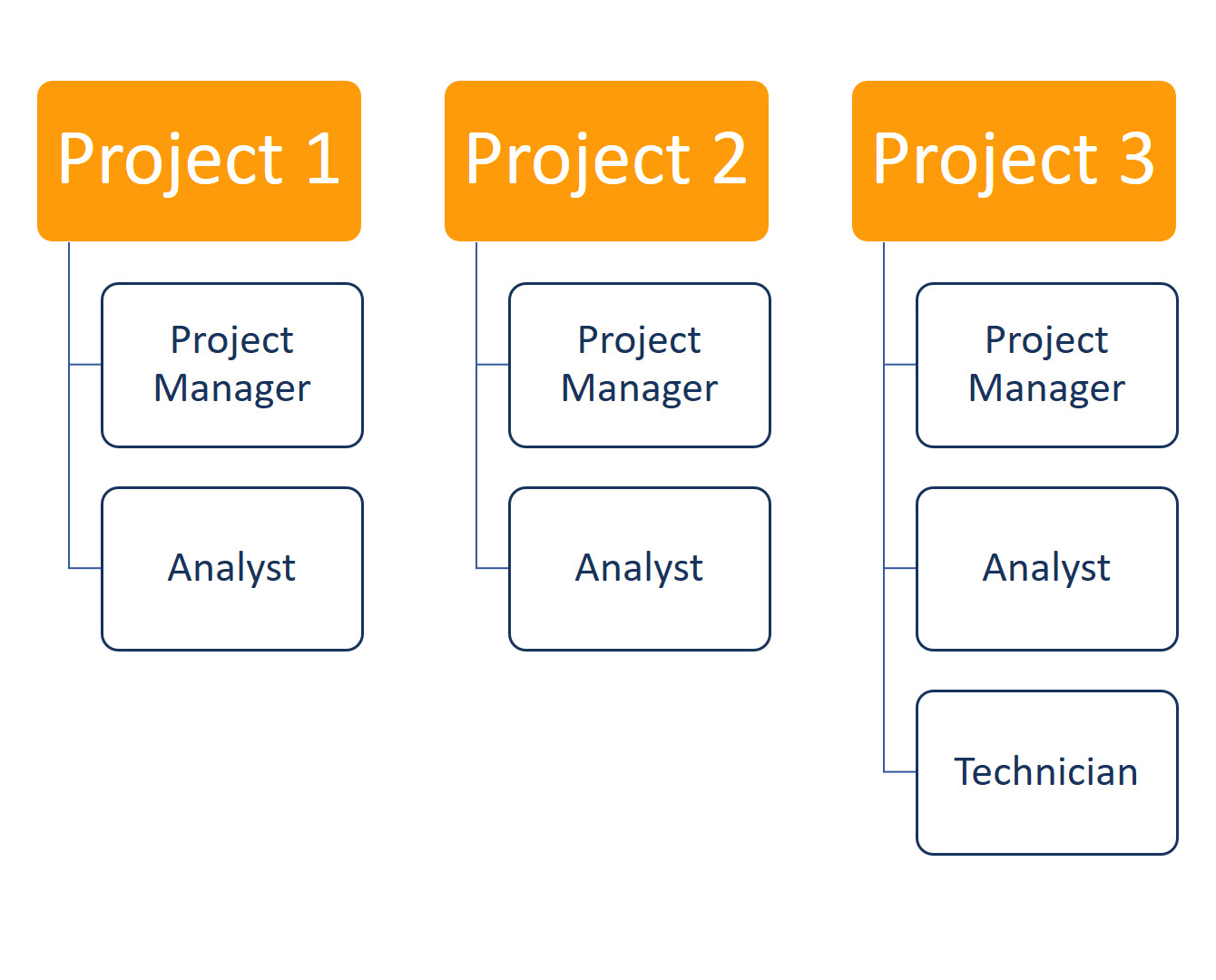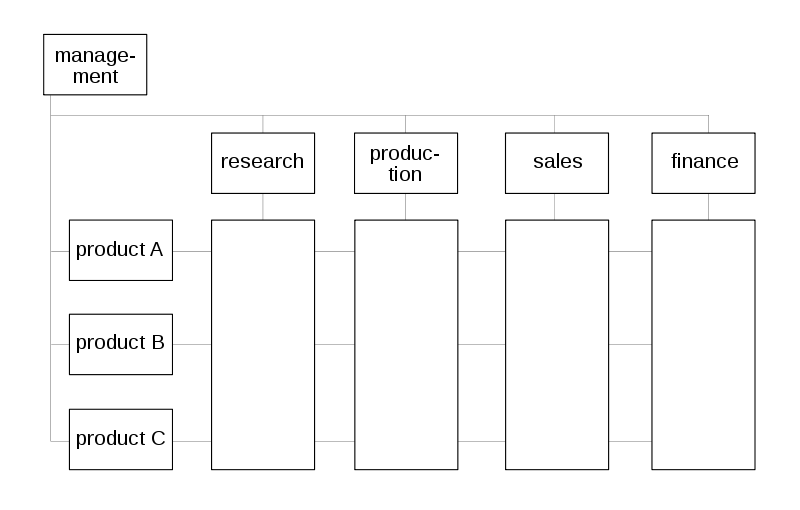 Projects are carried out within an organization whose culture, style and structure influence the way in which these projects are carried out. Project managers should be aware of this reality and adapt to the environmental factors of the organization where the project is developed.
Projects are carried out within an organization whose culture, style and structure influence the way in which these projects are carried out. Project managers should be aware of this reality and adapt to the environmental factors of the organization where the project is developed.
Improve the information systems that support your projects with ITM Platform
It’s worth beginning with a caveat: the environmental factors of a project should not be confused with considerations of the environmental impact of an organization's activities, which are especially important in the case of public works or industrial activities that could result in chemical waste or other forms of pollution. While these assessments are limited to certain areas of activity and are highly regulated in most developed countries, environmental factors always exist in each and every project: from a small-scale internal project to a macro-project of hundreds of millions of dollars in budget.
The notion of environmental factors in a project is much more general, referring to all circumstances surrounding the project during its execution. Thus, we can consider environmental factors as all the conditions that are beyond the direct control of the project team and that influence positively or negatively on the project. All these conditions must be considered in project management and vary significantly in type and nature depending on the organization.
As a reference, the main environmental factors that can affect project management can be classified into three categories; organizational, human resources and technological systems.
Environmental factors inherent in the organization
-
Shared vision, mission, values, beliefs and expectations of the organization
-
Culture, structure and organizational governance
-
Availability and geographical distribution of facilities, resources, infrastructure and materials
-
Industry or government standards that affect the organization
-
Internal standards, policies, methods and procedures
Human Resource environmental factors
-
Existing human resources, skills and knowledge
-
Personnel management, motivation systems and incentives
-
Perception of leadership, hierarchy and authoritative relationships
-
Organizational risk tolerance
-
Project stakeholders and organizational stakeholders
Technological environmental factors
-
Operational environments and company authorization systems
-
The formal and informal communication channels established in the organization
-
Available databases
-
Project management information systems
In addition, the environmental factors of a project can be classified as internal and external factors. While internal factors will be stable for each organization independent of the project, external factors are more susceptible to change and require superior analytical attention from the project manager. For example, the location of the project in a country where it has never been worked will expose itself to an unknown regulatory environment, generating many risks in terms of legal feasibility, the labor framework, etc.
It is essential that each organization knows which of the internal factors act as limiting conditions and which are the drivers of the projects. It is appropriate that this analysis be shared.
In project management, it is possible to influence those factors that are closer and more directly related to management, such as resources or project management information systems, but it will be more difficult to affect the more general cultural and environmental factors or external to the organization. For example, although it may seem that organizational culture is a flexible factor and can be easily shaped, it is necessary to always consider the inertia produced by resistance to change and how such culture is not an abstract idea, but is part of the daily practices of all members of the organization.
Changing environmental cultural factors that are more detrimental to effective project management can be a much longer and more expensive decision than to just support such management with new information systems. In turn, the adoption of new information systems can serve as a catalyst from which to modify the behavioral aspect of human factors, influencing the corporate culture from its base.
In all cases, the project manager must be aware of these factors and act accordingly, including the project risks to the detrimental environmental factors over which the project manager cannot exercise any control and communicating to all his team the importance of being alert about signals indicating the emergence of the risk or the change in environmental circumstances.


 Organizational structures are one of the core elements that fall into consideration when measuring the influence of environmental factors in project management: they can seriously affect resource availability and determine the style of project management.
Organizational structures are one of the core elements that fall into consideration when measuring the influence of environmental factors in project management: they can seriously affect resource availability and determine the style of project management.
